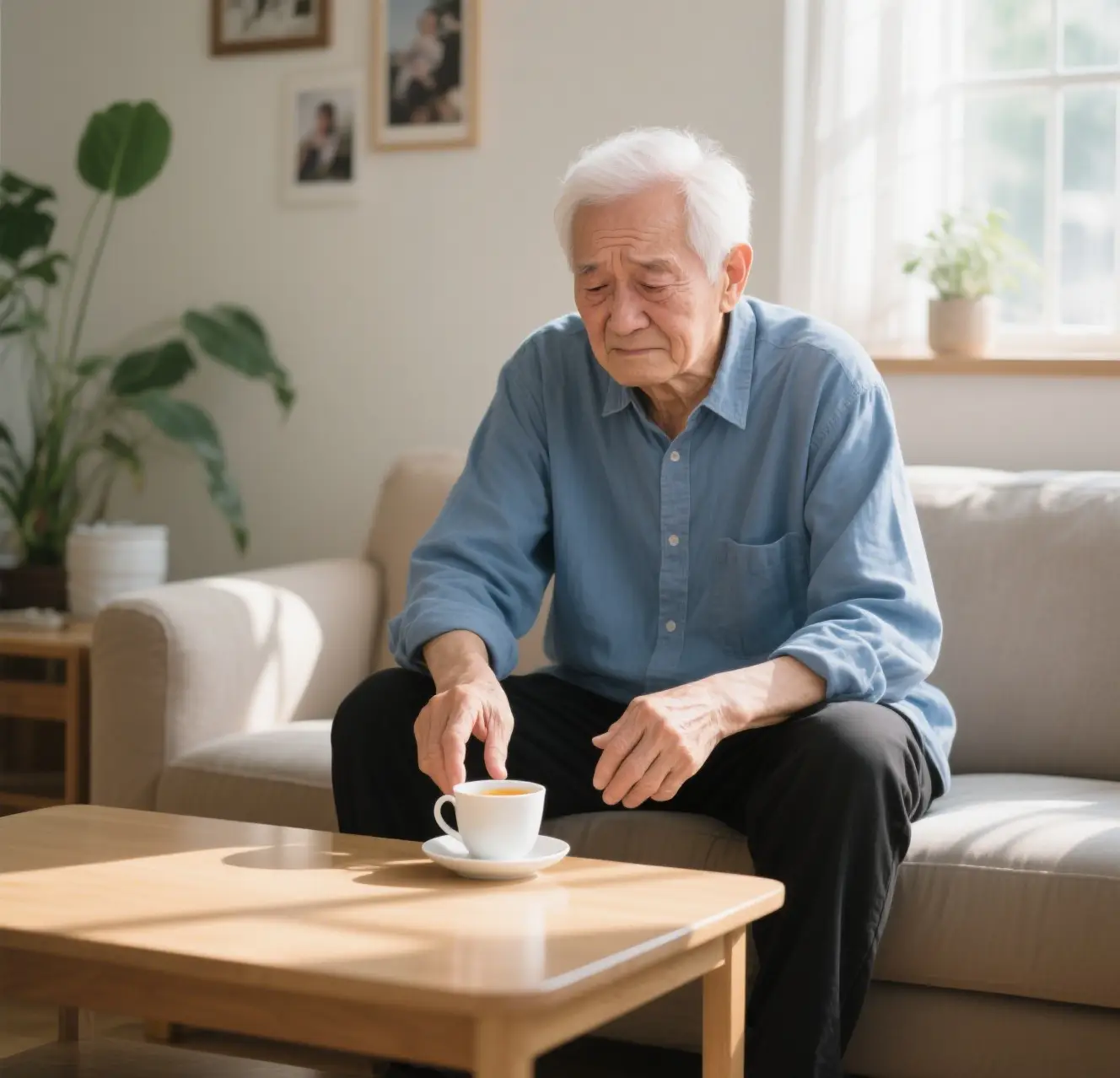At the dinner table, the elderly’s hands kept shaking as they held the chopsticks; the figure that once walked briskly now feels like stepping on cotton with every step - this is the daily portrayal of Parkinson’s patients.
As a common neurodegenerative disease, it is affecting the lives of tens of millions of people around the world.

The core of Parkinson’s disease is the degeneration of dopaminergic neurons in the brain. Dopamine is the "signal soldier" that regulates movement. When its secretion is insufficient, the body will have movement disorders: tremors at rest are only superficial, muscle stiffness makes the limbs like rusty parts, slow movements make dressing and turning over difficult, and postural balance disorders make patients more likely to fall. In addition, non-motor symptoms such as decreased sense of smell, nightmares at night, and constipation often appear earlier than tremors.
The pathogenic factors are still unknown, but age is an important driving force. The risk of onset increases significantly after the age of 60, and there are also a few young patients under the age of 40. Genetic and environmental factors are also involved. Family history increases the risk, and long-term exposure to pesticides and heavy metals may induce the disease.
Although it cannot be cured, standardized treatment can significantly improve the quality of life. Levodopa drugs are the core of relieving symptoms and can supplement dopamine; when the drug effect is not good, deep brain stimulation (brain pacemaker) can regulate nerve function through electrical signals. Rehabilitation training is also critical, and balance exercises and gait correction can delay functional decline.
For patients, family members' meticulous care is indispensable: installing handrails and non-slip mats at home to reduce the risk of falling, encouraging independent eating to maintain ability, and listening to emotional fluctuations to provide psychological support. Social understanding is more important - do not urge slow steps, do not avoid trembling hands, this tolerance can make them more courageous to face the disease.
Parkinson's disease is a protracted battle, but scientific response and warm companionship can allow patients to maintain dignity and hope in the face of challenges. With the advancement of medicine, more treatment options are on the way to light up the light for them to move forward.

%20--%3e%3c!DOCTYPE%20svg%20PUBLIC%20'-//W3C//DTD%20SVG%201.1//EN'%20'http://www.w3.org/Graphics/SVG/1.1/DTD/svg11.dtd'%3e%3csvg%20version='1.1'%20id='图层_1'%20xmlns='http://www.w3.org/2000/svg'%20xmlns:xlink='http://www.w3.org/1999/xlink'%20x='0px'%20y='0px'%20width='256px'%20height='256px'%20viewBox='0%200%20256%20256'%20enable-background='new%200%200%20256%20256'%20xml:space='preserve'%3e%3cpath%20fill='%23FFFFFF'%20d='M194.597,24.009h35.292l-77.094,88.082l90.697,119.881h-71.021l-55.607-72.668L53.229,232.01H17.92%20l82.469-94.227L13.349,24.009h72.813l50.286,66.45l58.148-66.469V24.009z%20M182.217,210.889h19.566L75.538,44.014H54.583%20L182.217,210.889z'/%3e%3c/svg%3e)